Get a Wonderful Person Tee: https://teespring.com/stores/whatdamathMore cool designs are on Amazon: https://amzn.to/3QFIrFXAlternatively, PayPal donations ca…
Get the latest international news and world events from around the world.
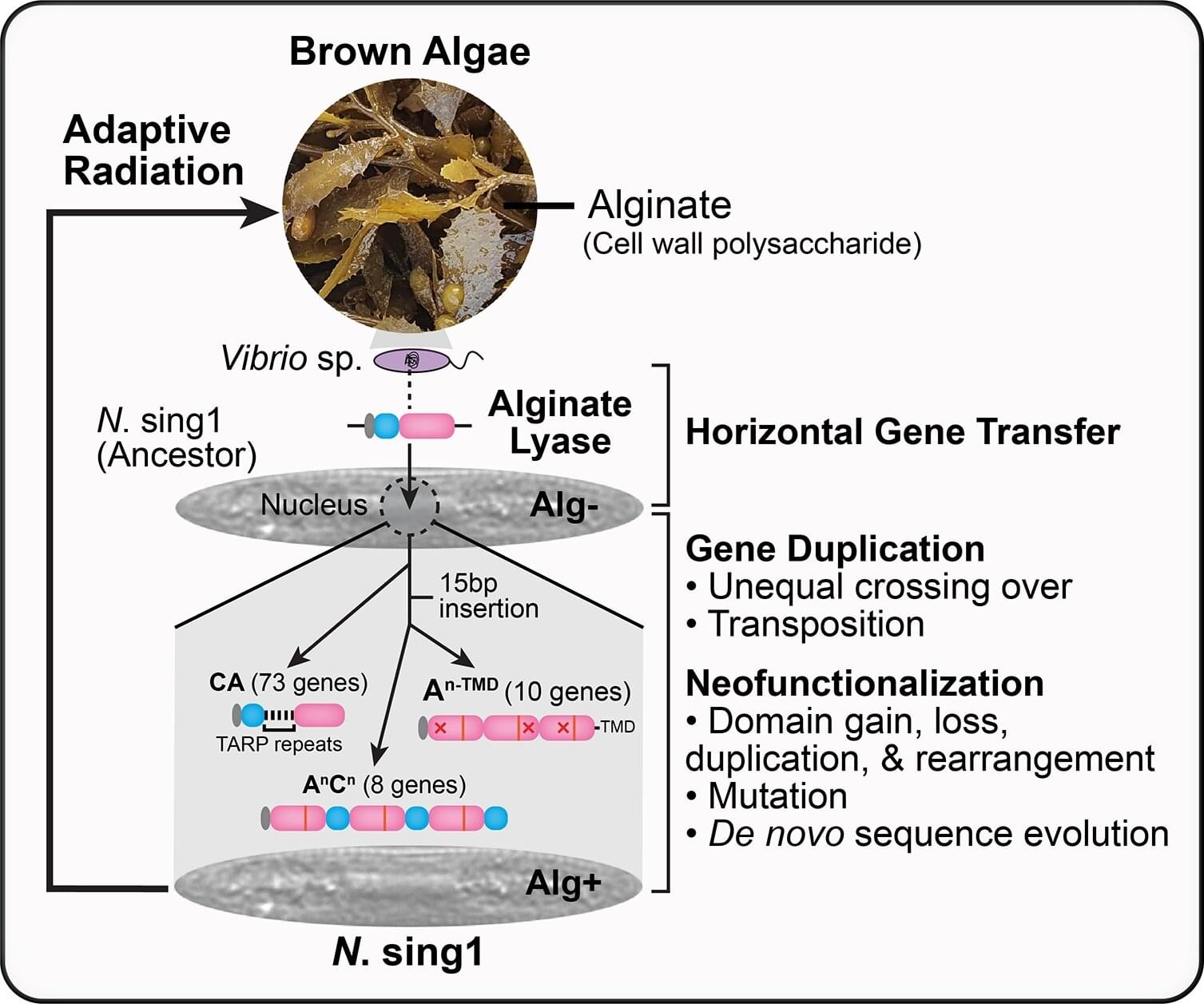
Giving up on photosynthesis: How a borrowed bacterial gene allows some marine diatoms to live on a seaweed diet
A group of diatom species belonging to the Nitzschia genus gave up on photosynthesis and now get their carbon straight from their environment, thanks to a bacterial gene picked up by an ancestor. Gregory Jedd of Temasek Life Sciences Laboratory, Singapore, and colleagues report these findings in a study published in the open-access journal PLOS Biology.
Unlike most diatoms, which perform photosynthesis to generate carbon compounds, some members of the genus Nitzschia have no chlorophyll and instead consume carbohydrates from seaweed and decaying plant matter. Previously, it was unclear how exactly they made this major lifestyle transition, so researchers sequenced the genome of one species, Nitzschia sing1, to look for clues.
N. sing1’s genome sequence showed that the diatom carries a gene for an enzyme that breaks down alginate, a carbon polymer in the cell walls of brown algae—a group that includes kelp and other common seaweeds. The gene originally came from a marine bacterium, and an ancestor of N. sing1 took up the gene and incorporated it into its genome.
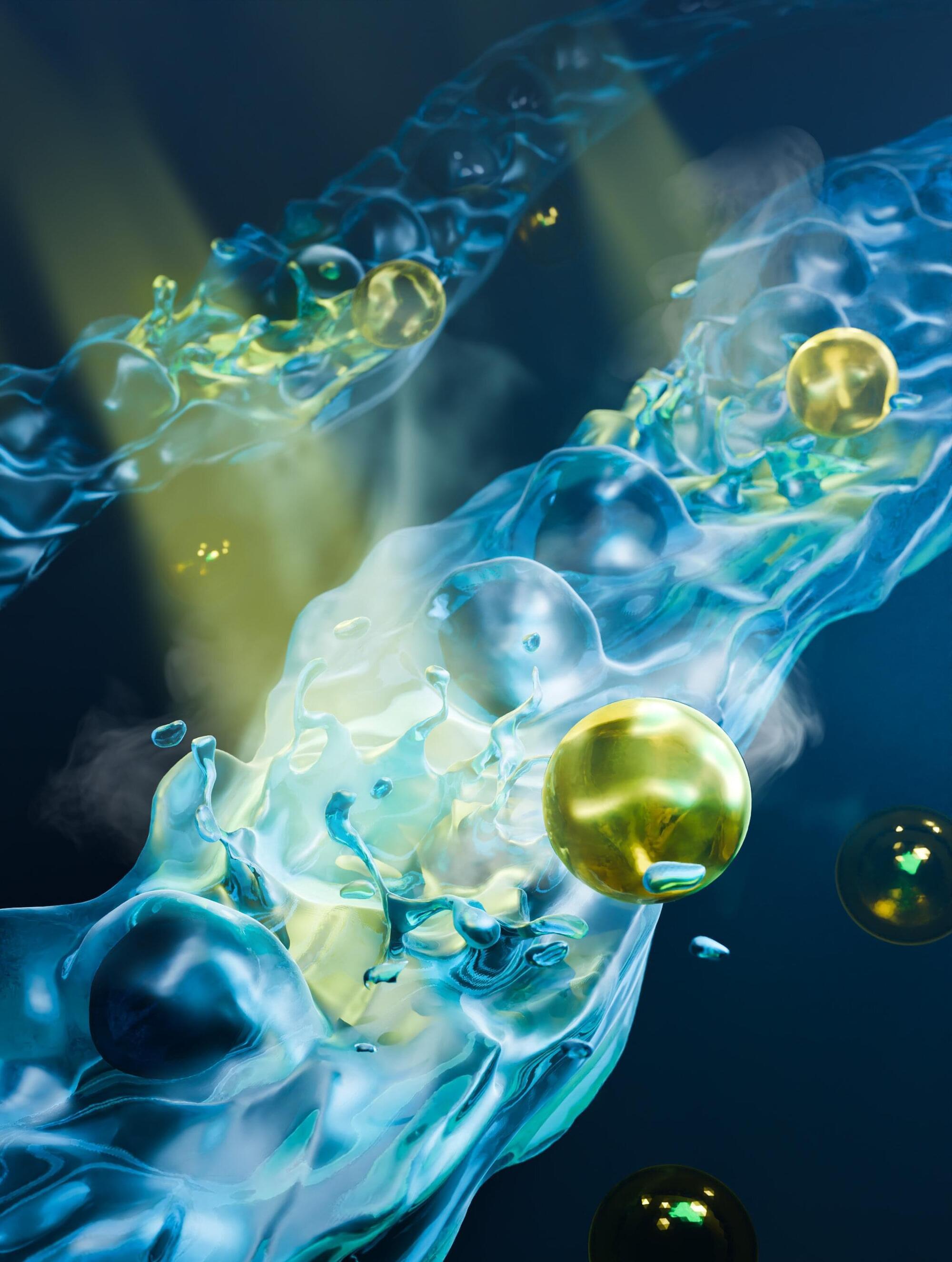
A new dissipation-based method to probe quantum correlations
Quantum systems are known to be prone to dissipation, a process that entails the irreversible loss of energy and that is typically linked to decoherence. Decoherence, or the loss of coherence, occurs when interactions between a quantum system and its environment cause a loss of coherence, which is ultimately what allows quantum systems to exist in a superposition of states.
While dissipation is generally viewed as a source of decoherence in quantum systems, researchers at Tsinghua University recently showed that it could also be leveraged to study strongly correlated quantum matter.
Their paper, published in Nature Physics, introduces a new method to probe intrinsic quantum many-body correlations and demonstrates its potential for studying the dissipative dynamics in strongly correlated one-dimensional (1D) quantum gases.
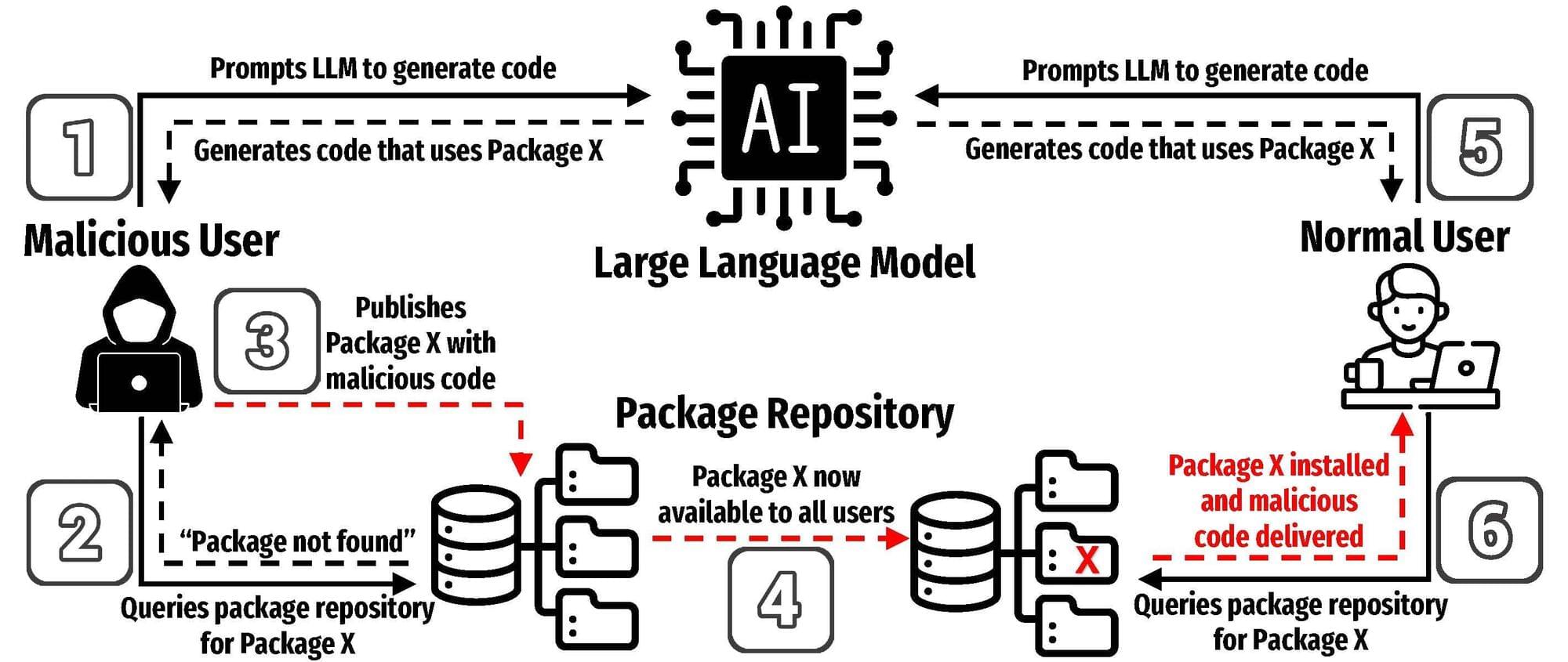
AI threats in software development revealed in new study
UTSA researchers recently completed one of the most comprehensive studies to date on the risks of using AI models to develop software. In a new paper, they demonstrate how a specific type of error could pose a serious threat to programmers that use AI to help write code.
Joe Spracklen, a UTSA doctoral student in computer science, led the study on how large language models (LLMs) frequently generate insecure code.
His team’s paper, published on the arXiv preprint server, has also been accepted for publication at the USENIX Security Symposium 2025, a cybersecurity and privacy conference.

Is AI truly creative? Study shows how visibility of process shapes perception
What makes people think an AI system is creative? New research shows that it depends on how much they see of the creative act. The findings have implications for how we research and design creative AI systems, and they also raise fundamental questions about how we perceive creativity in other people.
The work is published in the journal ACM Transactions on Human-Robot Interaction.
“AI is playing an increasingly large role in creative practice. Whether that means we should call it creative or not is a different question,” says Niki Pennanen, the study’s lead author. Pennanen is researching AI systems at Aalto University and has a background in psychology. Together with other researchers at Aalto and the University of Helsinki, he did experiments to find out whether people think a robot is more creative if they see more of the creative act.
Swiss-UK team rolls out robot dogs to transform doorstep deliveries
RIVR and Evri debut wheeled-legged delivery robots in the UK, aiming to transform last-mile logistics with smart, scalable automation.
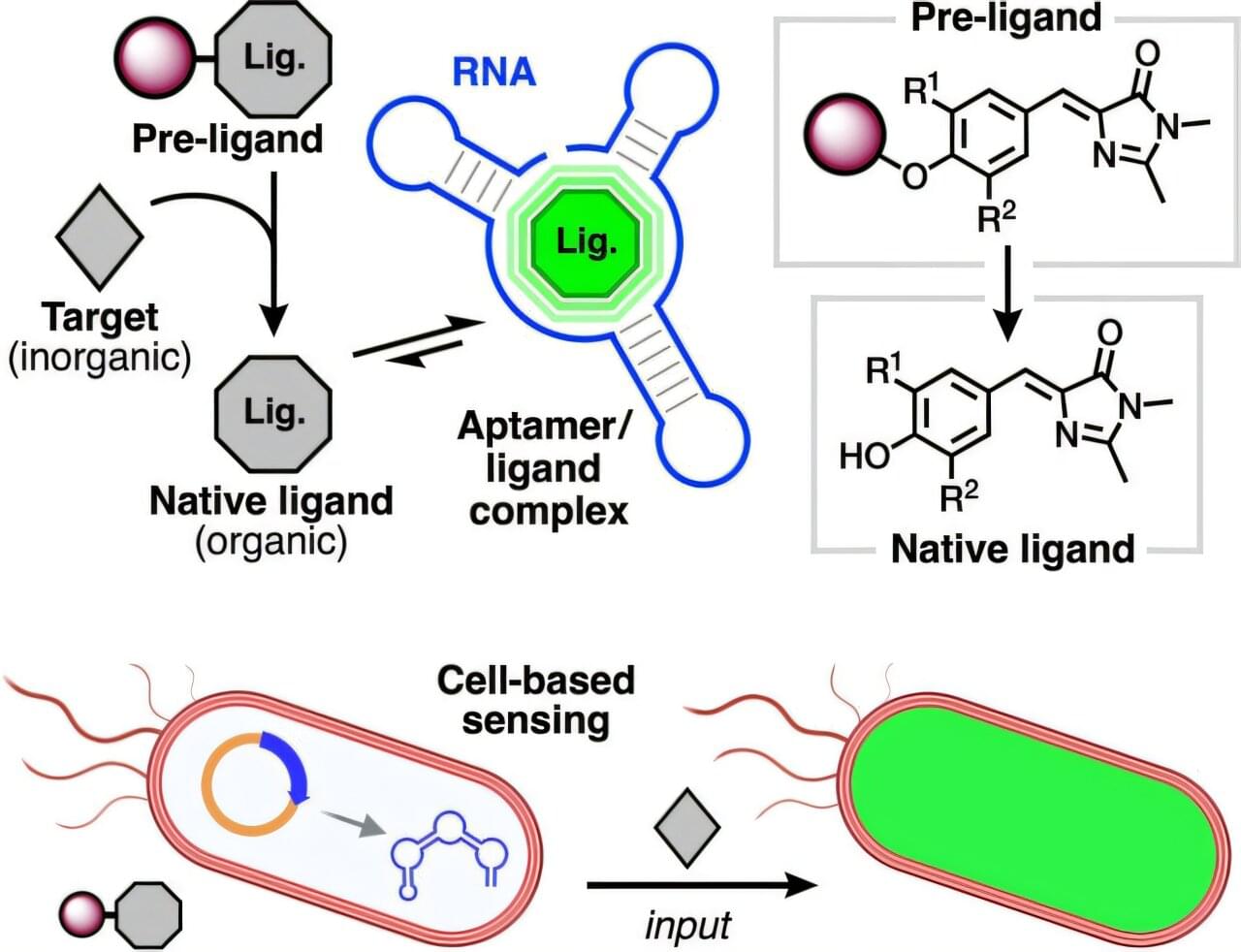
RNA transformed into biosensor for detecting health-related chemicals
Scientists have transformed RNA, a biological molecule present in all living cells, into a biosensor that can detect tiny chemicals relevant to human health.
Research by Rutgers University-New Brunswick scientists centers on RNA, a nucleic acid that plays a crucial role in most cellular processes. Their work is expected to have applications in the surveillance of environmental chemicals and, ultimately, the diagnosis of critical diseases including neurological and cardiovascular diseases and cancer.
“Imagine that people will go to the hospital and give a sample of cells from their own bodies for regular check-ups,” said Enver Cagri Izgu, an assistant professor in the Department of Chemistry and Chemical Biology in the Rutgers School of Arts and Sciences and the corresponding author of the study.
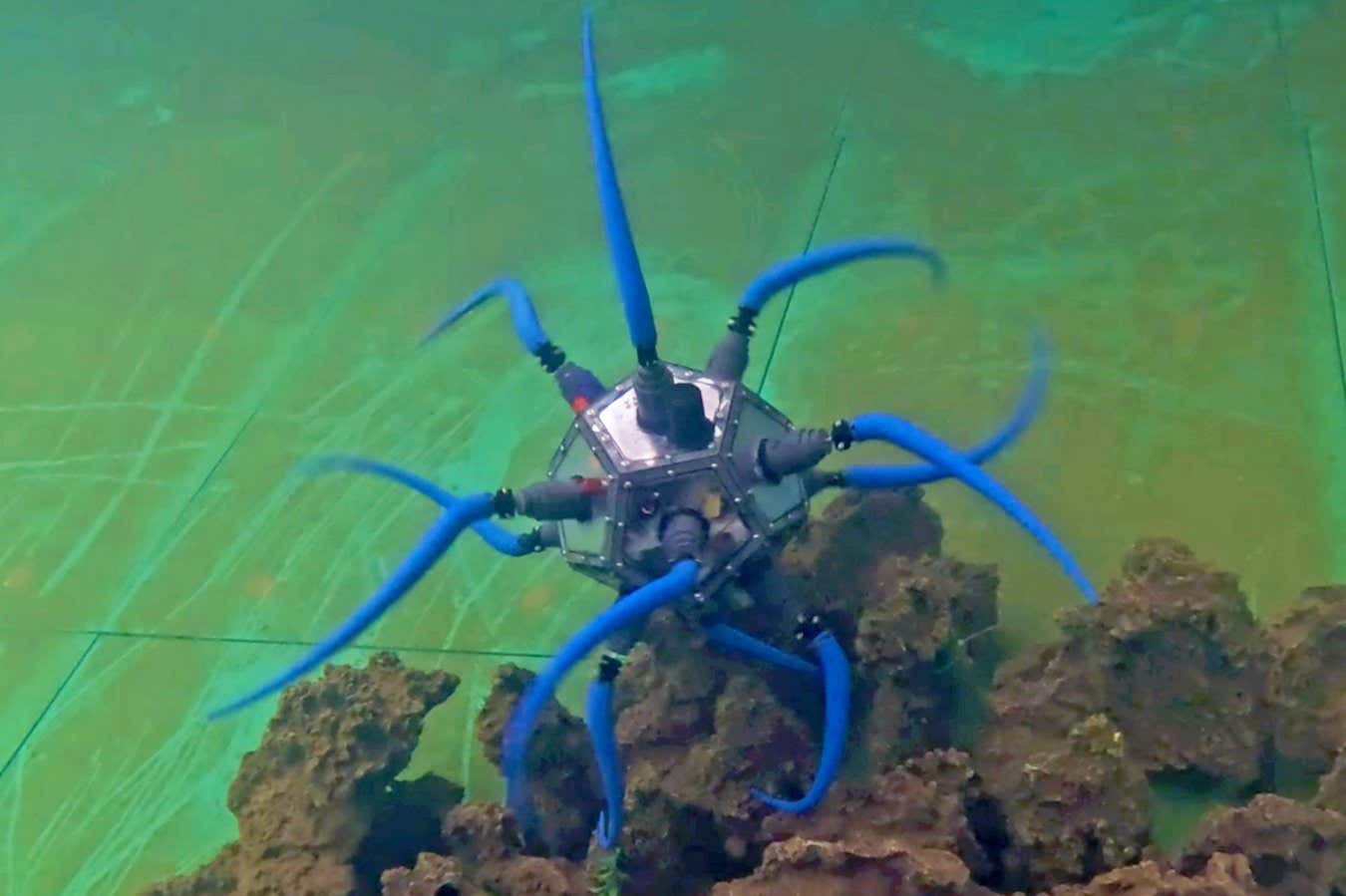
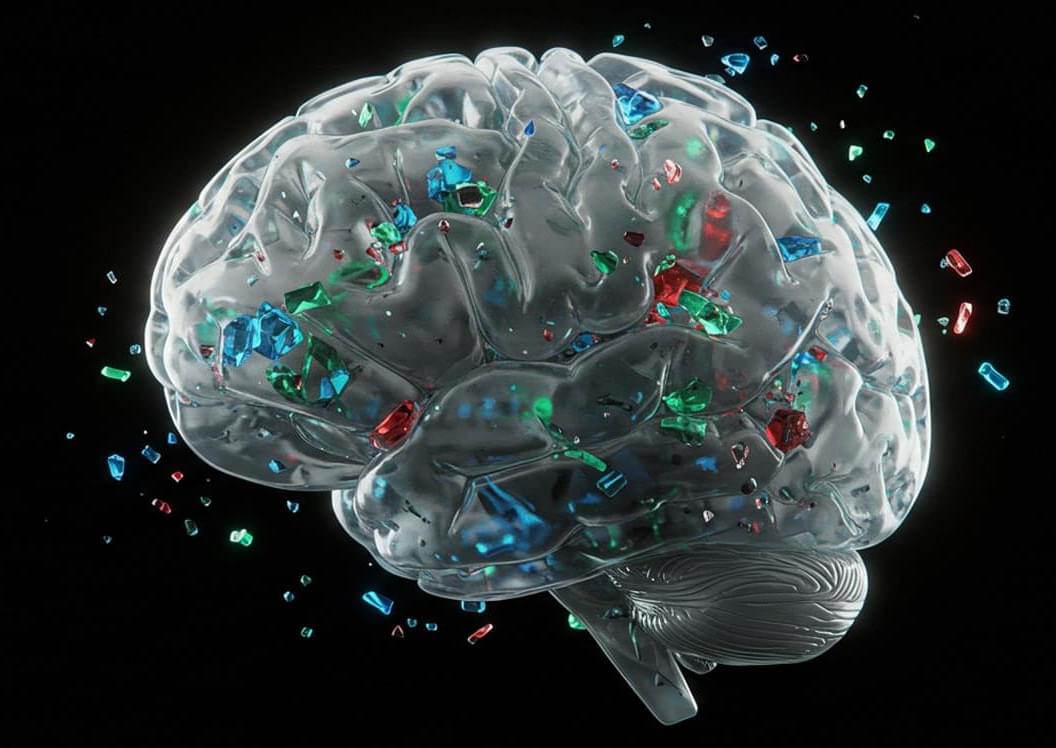
Scientists issue dire warning: Microplastic accumulation in human brains escalating
A new study published in Nature Medicine has revealed the presence of microplastics – tiny fragments of degraded plastic – in human brain tissue. While previous research has identified microplastics in organs such as the liver, kidneys, and placenta, this study suggests that the brain may be especially vulnerable to these tiny synthetic particles.
Scientists have made a disturbing discovery: human brains contain microplastics, and at higher concentrations than other organs. Worse, brain levels have jumped 50% in just eight years.
